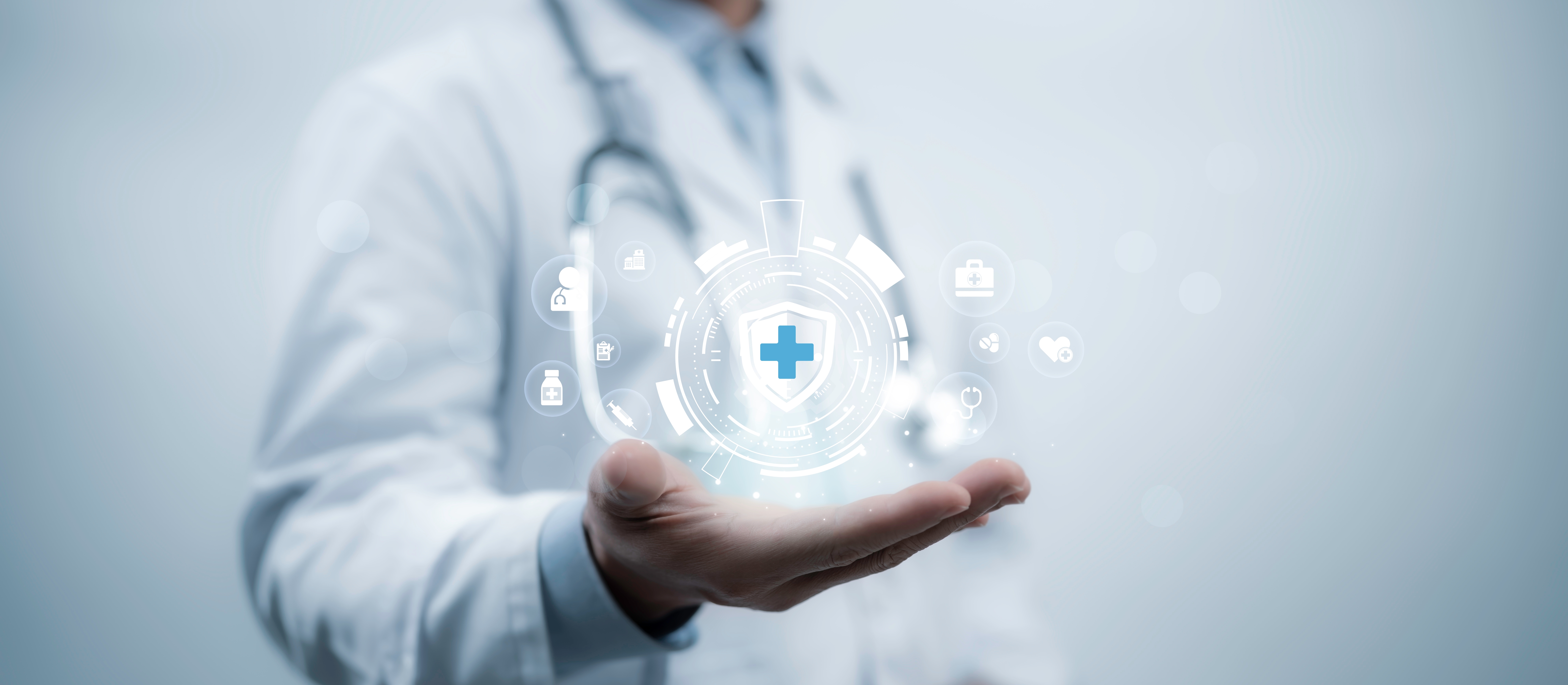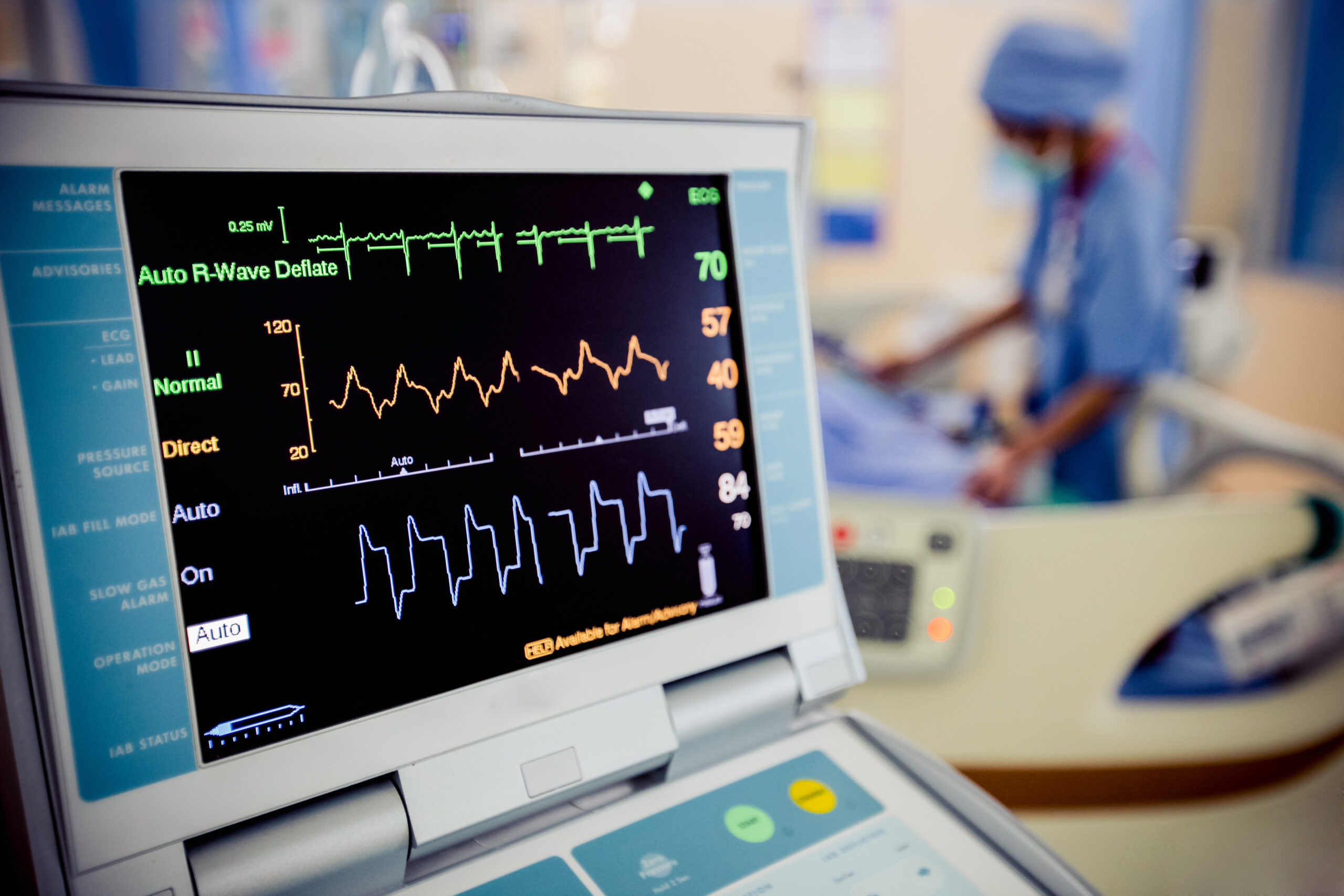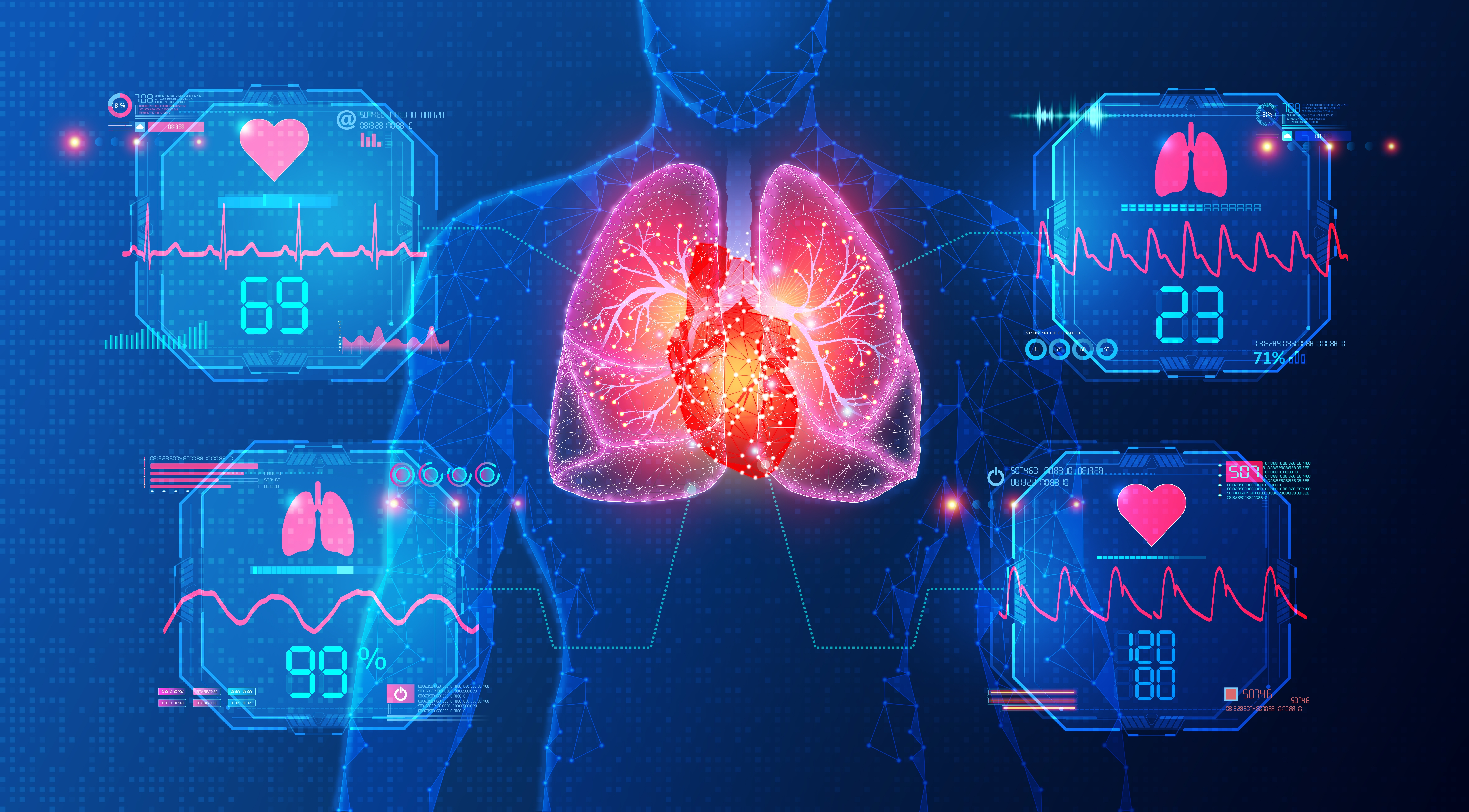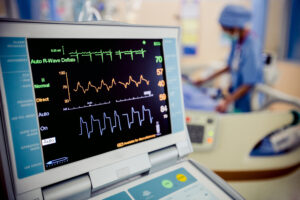With the entry of tech-based solutions, the Indian healthcare sector is fast evolving. Patient monitoring via telemedicine is becoming one of the major modern healthcare trends. Remote patient monitoring in India can prevent hospital visits, maximise patient reach, and reduce costs. The growth in the necessity of better access to healthcare explains such a transformation.
Defining Remote Patient Monitoring
Remote patient monitoring enables physicians to monitor patients’ health outside clinics and hospitals. Health information that can be tracked with digital tools includes blood pressure, oxygen level, and glucose measures. This information helps physicians make decisions without necessary visits. It gives patients comfort, safety, and constant care.
The Growth of Remote Patient Monitoring
Remote patient monitoring in India has been in high demand, especially during the COVID-19 pandemic. Overfilled hospitals and few resources were causing trouble, and remote monitoring was safe and possible. It also enabled patients to remain at home while their conditions were under the management of doctors. Its usage is rising in the cities and the countryside today due to greater access to the internet and lower device costs.
How the Patients and Providers benefit
The advancement of remote monitoring helps enhance doctor-patient communication and keeps patients engaged in their treatment plans. Patients can monitor their vitals regularly and present them to doctors immediately, saving time and unnecessary travelling. Physicians are taken advantage of since they can receive real-time information to identify the issue sooner and respond faster. It also takes the pressure off the hospitals, lessening the admissions.
Better Management of Chronic Diseases
India is experiencing an increasing number of chronic infections, such as diabetes, high blood pressure, and heart disease. The frequent visits of such patients are usually time-consuming and expensive. With remote monitoring, it is less troublesome for them to monitor their progress. As an illustration, a patient with hypertension may measure blood pressure daily and send the results to a doctor immediately. This prevents lags and enhances long-term management of the condition.
Role of Technology in Remote Monitoring
The most significant role in the realisation of remote healthcare belongs to a piece of technology. Wearables, apps, and sensors now accurately retrieve medical data. Artificial intelligence can be used to analyse such readings and early warning signs. Take the example of ECG monitoring, which is now becoming a staple of wearable devices. It warns the patients and the physicians of abnormal heartbeats at a glance.
Savings in Cost and Extended Access
Remote monitoring minimises the cost of travel, hospital visits, waiting, and time. This primarily benefits those living in smaller urban centres or rural spots. In the case of hospitals and clinics, it alleviates overcrowding and enables them to attend to cases with bigger issues. It also reduces unwarranted admissions, reducing patient costs. It brings equality to healthcare since the distance between cities and villages has been narrowed.
Government and Industry Push
Government policy is also expected to boost digital healthcare in India. The telemedicine guidelines issued in recent years gave doctors a greater degree of leeway when consulting remotely. Healthcare providers and startups are also investing in remote patient monitoring. Together, they are developing an ecosystem that creates more accessible and efficient healthcare.
Remaining Challenges
Although the growth is encouraging, there are difficulties concerning remote monitoring in India. Access to the internet in rural settings has remained poor in most regions. There is also ignorance regarding the number of people who should utilise digital health gadgets. The other gargantuan topic is the security of information and the privacy of patients. These issues can be resolved with additional awareness programs, better infrastructure, and rules.
The Future of Remote Monitoring
The prospect of remote healthcare in India is good. As an ageing population grows and chronic diseases continue to climb, the demand will only increase. New technologies will result in smaller, less expensive, and more fault-free devices. Integration into electronic health records will paint a complete picture of the patient’s history for the doctor. Remote care will become a fact of India’s healthcare system shortly.
Conclusion– The trend of remote monitoring is transforming the healthcare sector by ensuring it is improved in terms of patient-focused care, economic, and accessible. It minimises hospital visits, better manages chronic disease care, and provides timely intervention of care. Sophisticated capabilities such as ECG monitoring deliver life-changing knowledge to patients within the comfort of their residences. Companies such as Heartnet India are contributing to this gap reduction as more and more companies adopt the technology and care fusion. The increasing importance of remote patient monitoring in India will revolutionise healthcare forever.










